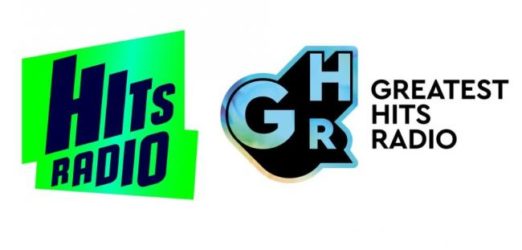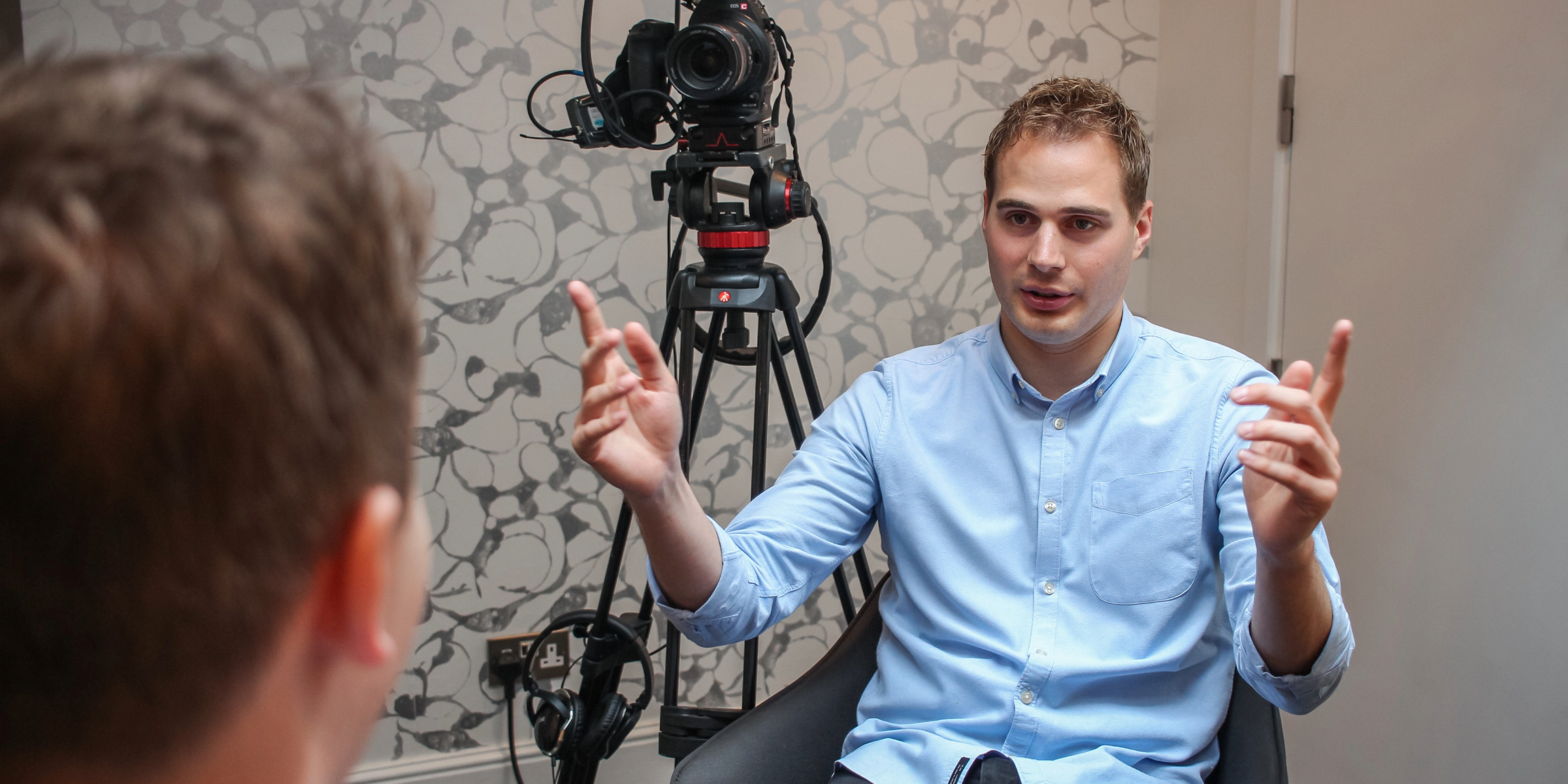It happened like this decades ago, now it seems commercial radio is undergoing a similar resurgence today.
A new flurry of independent online local stations are being launched and they’re less about the music and more about the talk – obviously great news for radio PR!
Already up and running are HG1 Radio in Harrogate, which launched in July, and YO1 Radio, a local DAB station in York. Coming soon include RB1 Radio for Rotherham, TX1 Radio for Doncaster and Bassetlaw and KL1 Radio for King’s Lynn. These are small local stations, broadcasting online – but we believe they still have a role to play in today’s changing radio landscape.
Opportunities for radio PR
It might seem strange that in these days of cutbacks and austerity for anyone to think about opening a new station. But this plethora of new services has come about in response to media giant Bauer taking over nearly 60 local stations last year, rebranding the majority of them as Greatest Hits Radio.
Whilst shared content across many stations is a great money saver, particularly when that content is music rather than talk, it doesn’t suit all listeners. Many of the stations taken over by Bauer had a loyal, local fanbase who wanted content specific to where they lived. It’s no coincidence then that the new local radio stations are all in locations previously served by the stations now called Greatest Hits Radio.
Putting their money where their mouth is
Such is local support for the development that one new online station, called This Is The Yorkshire Coast, raised £10, 000 in donations in just two days. It launches on 1st October, covering Scarborough, Filey, Whitby and Bridlington.
According to the publication RadioToday, most of the new stations have hired presenters once employed by the stations taken over by Bauer. It quotes RB1’s programme director Stewart Nicholson as saying: “We promise to be part of the local community and deliver a truly local radio station with great music – and presenters that live and breathe our local area”.
From a broadcast PR perspective, this means really drilling down to make a story relevant – research specific to a town or city rather than a region could work; alternatively have a selection of local spokespeople and/or case studies.
What happened to the original stations
Of the 56 radio station that Bauer bought last year only 7 kept their names – meaning Bauer considered their brand strong enough to merit at least some of their own content. Pulse 1 in Bradford, Signal 1 in Stoke, The Wave 96.4 in Swansea and Fire Radio in Bournemouth each have their own local breakfast show and The Wave has its own daytime and drivetime programmes too. Only Lincs FM in Lincoln, Pirate FM in Cornwall and Sam FM in Bristol remain as stand alone stations.
What this means for broadcast PR
Bauer is such a big player that the impact and reaction to their acquisitions is huge. In broadcast PR terms it means there are fewer opportunities on mid–sized commercial stations, that have become part of Greatest Hits Radio. A handful of stations mentioned above remain the same – and a whole range of new opportunities have come about in the form of new online, very local stations.
The new stations are as yet untested and will have, at least to begin with, a small listenership. But that listener base is loyal and long standing – it also has an appetite for talk–based content. Ultimately a client’s happiness with radio PR depends on what they’re trying to achieve with a campaign. For those that want multiple branded mentions or to communicate a very commercial message then small local stations can help achieve this goal.
To get a larger number of listeners a story needs to be tailored for bigger commercial stations – the stations that are part of a bigger stable belonging to Bauer or Global. They have less appetite for talk content – coverage, which is likely to come via Sky Radio, which is syndicated to commercial radio across the UK, will be in the form of a short soundbite. It will be heard by more listeners but it will be brief; there’s also the chance that Sky Radio will drop the branding.
BBC regional radio
It was Coronavirus that started a further cut back in BBC regional radio. At the start of lockdown schedules were simplified. In practise this meant one programme in the day was squeezed out and breakfast, lunch and drivetime programmes were extended to cover the gap.
Now the BBC has said what began as a temporary measure is to become permanent with the loss of 139 jobs. There will be no more double headed presenting – so the remaining single headed presenter will have to be on air, alone and for longer.
We’re sorry for those facing redundancy but from a PR point of view there could be more opportunities – for the right sort of stories with credible and relevant spokespeople.
Radio relations happiness
Our response at Shout! Communications, to the changing landscape of commercial radio, is to secure a wide range of different opportunities within a radio day schedule – a mixture of opportunities that will ensure high listenership but not much air-time on larger, networked stations; longer interviews with several brand mentions on smaller commercial stations; live interviews on BBC regional stations with middling audience sizes and a couple of brand mentions – and at least a couple of national stations, which, thankfully have remained unchanged during the course of this very strange year!



